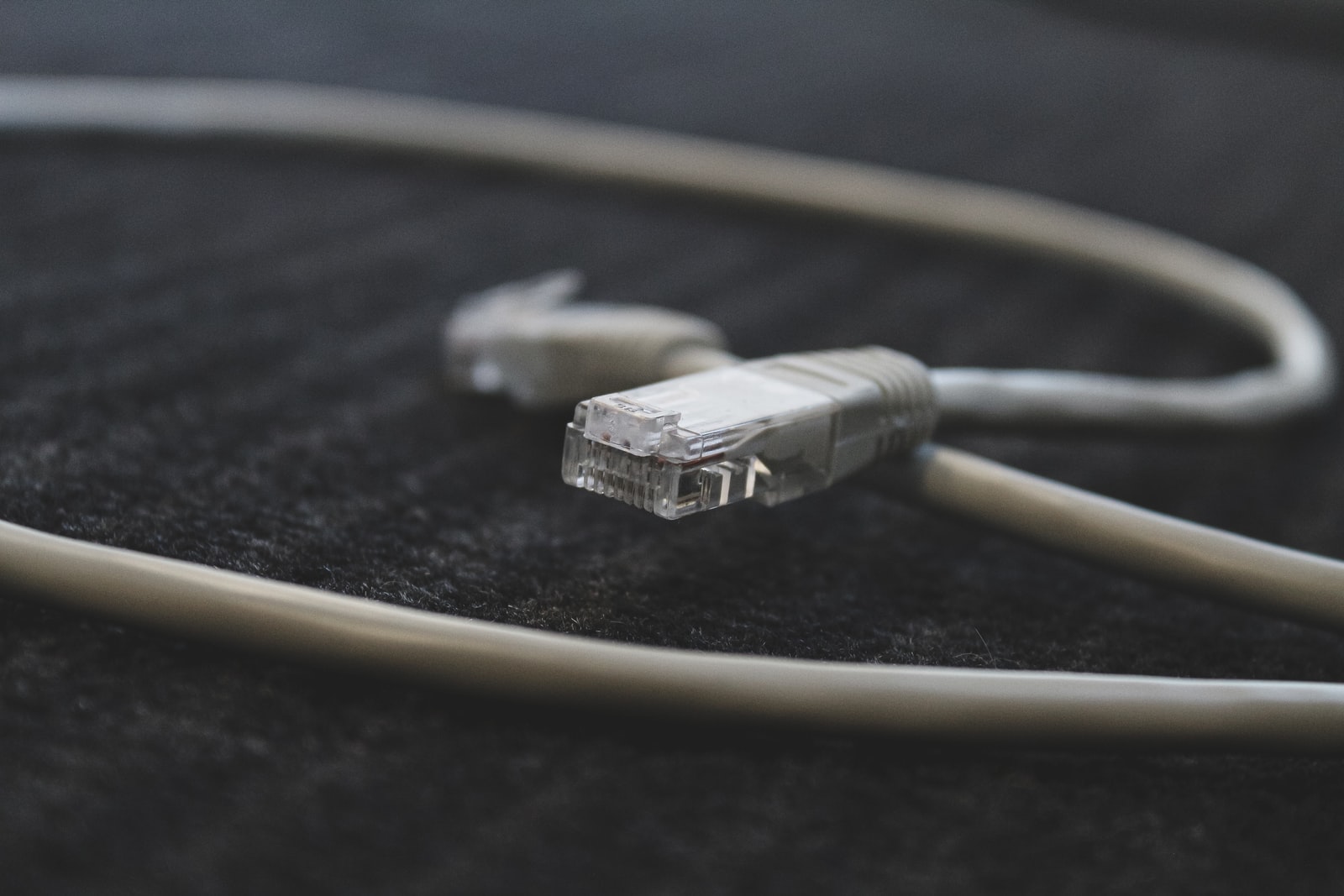The history of Cat5 cables
Cat5 cables are a type of Ethernet cable used in computer networking. They are made of four twisted pairs of copper wire, with each pair having a different color. The pairs are twisted together to form a single cable. The name “Cat5” is short for “Category 5.”
Cat5 cables were first introduced in the early 1990s. They were designed to replace the older Cat3 cables, which were only able to support data rates up to 10 Mbps. Cat5 cables were designed to support data rates up to 100 Mbps.
Cat5 cables became the standard for Ethernet networks in the late 1990s. They are still used today, although they have been replaced by newer standards such as Cat5e and Cat6.
How to choose the right Cat5e cable for your needs
When it comes to choosing the right Cat5 cable for your needs, there are a few things you need to take into account. First, you need to determine the length of the cable you need. The longer the cable, the more expensive it will be. Second, you need to decide if you need a shielded or unshielded cable. Shielded cables are more expensive but offer better protection against electromagnetic interference. Third, you need to decide if you need a crossover or straight-through cable. Crossover cables are used to connect two devices with different pin configurations, while straight-through cables are used to connect two devices with the same pin configuration. Finally, you need to decide if you need a plenum or riser-rated cable. Plenum cables are more expensive but offer better fire resistance.
The benefits of using Cat5e cables
Cat5 cables are the most popular type of network cable and for good reason. They’re cheap, easy to work with and support high-speed data transfer.
Cat5 cables are made of four twisted pairs of copper wire, each capable of carrying data at up to 100Mbps. That’s fast enough for most home and small business networks.
Cat5 cables are also relatively easy to install. They can be run through walls and ceilings without too much difficulty, and don’t require special tools or connectors.
Finally, Cat5 cables are very versatile. They can be used for Ethernet, telephone, and even video applications.
So if you’re looking to upgrade your home or small business network, Cat5 cables are a great choice. They’re affordable, easy to work with and offer high-speed data transfer.
How to install Cat5 cables
Installing Cat5 cables is not difficult, but there are a few things to keep in mind. First, make sure you have the correct tools and materials. You will need a screwdriver, a drill, and a few other tools depending on the installation method you choose. Second, be sure to read the instructions carefully before starting. This will help you avoid any mistakes.
Third, when drilling holes, be careful not to damage the surrounding area. If you are not careful, you could end up with a hole in your wall that is too large for the Cat5 cable. Fourth, when running the cables, be sure to leave enough slack at each end so that you can connect them to the devices. Finally, when connecting the cables to the devices, be sure to use the correct type of connector. If you are not sure, consult the instructions or ask a professional.
Installing Cat5 cables is not difficult, but there are a few things to keep in mind. With a little bit of planning and care, you can install them quickly and easily.
The different types of Cat5 cables
There are two different types of Cat5 cables- solid and stranded. Solid Cat5 cables are made of a single, solid piece of copper wire, while stranded Cat5 cables are made of multiple, smaller strands of copper wire. Each type of Cat5 cable has its own advantages and disadvantages.
Solid Cat5 cables are more resistant to environmental factors and physical damage than stranded Cat5 cables. This makes them ideal for use in industrial and commercial settings. However, solid Cat5 cables are also more expensive than stranded Cat5 cables, and they are more difficult to work with.
Stranded Cat5 cables are more flexible than solid Cat5 cables, making them easier to work with and install. They are also less expensive than solid Cat5 cables. However, stranded Cat5 cables are more susceptible to environmental factors and physical damage than solid Cat5 cables, making them less ideal for use in industrial and commercial settings.
How to troubleshoot Cat5 cable problems
If you have a problem with your Cat5 cable, there are a few things you can do to troubleshoot the issue. First, check to see if the cable is plugged in properly. If it is, then check to see if the cable is damaged. If the cable is damaged, then you will need to replace it. If the cable is not damaged, then you may need to check the settings on your router or switch. If you are still having problems, then you may need to call your ISP.


